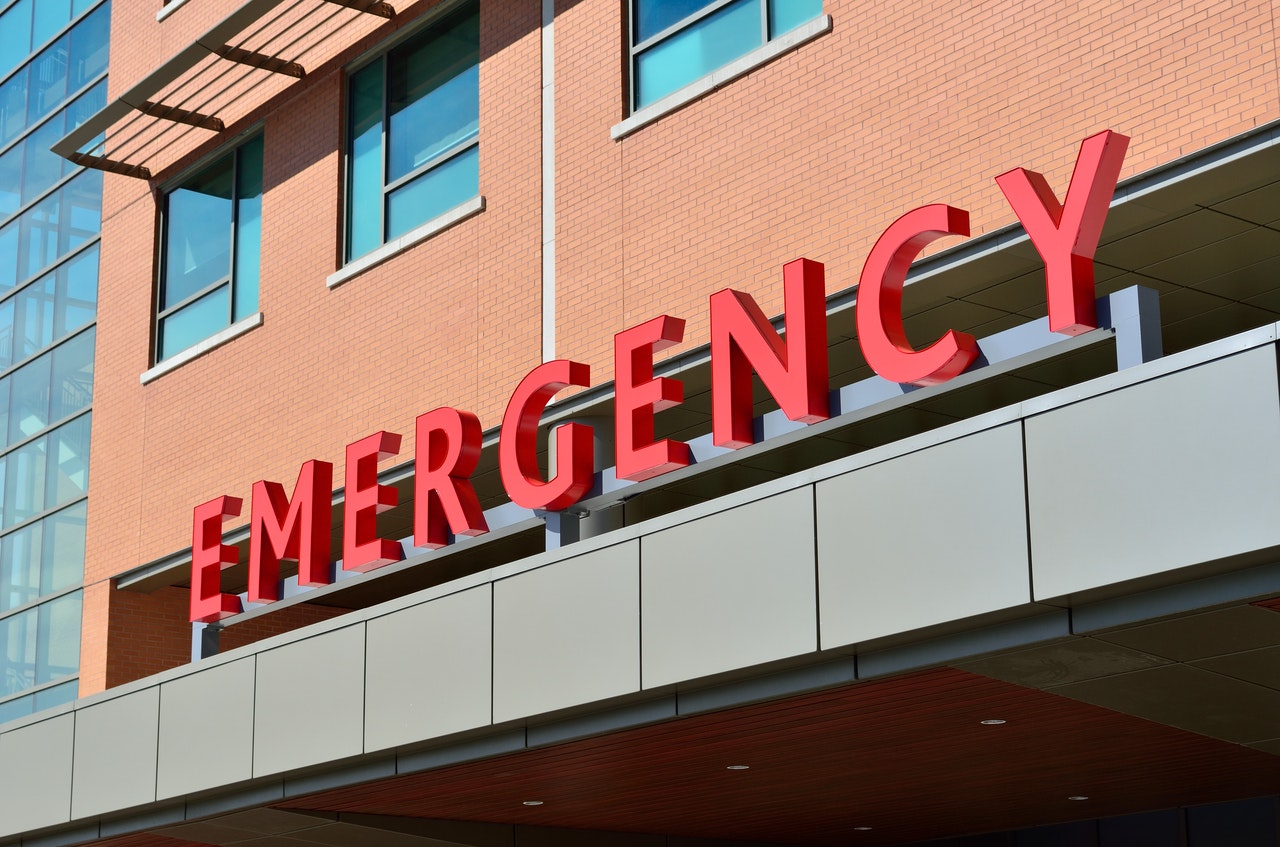Introduction What are eating disorders?
Mental disorders that can cause severe consequences for a person’s emotional well-being, health and relationships. They are complex diseases that result from a mix of biological, genetic psychological, sociocultural, and aspects.
There are three major kinds of eating disorder: anorexia , nervosa as well as bulimia nervosa and eating disorders that cause binge eating. Each eating disorder comes with distinct symptoms and needs different treatment.
Anorexia is characterized by restricted eating habits as well as excessive weight loss and a heightened fear of being overweight. Patients with anorexia might also have a negative image of their body and believe that they are overweight even though they’re very thin.

The condition is known as bulimia nervosa. It’s instances of excessive eating, that are followed by vomiting or laxatives. Bulimia sufferers often have a feeling of being out of control during these episodes and could consume large quantities of food, even if they’re not hungry. Binge-eating disorder manifests as instances of overeating that are uncontrolled, Alsana St Louis Mo without purging behaviours afterwards. The people who suffer from this disorder frequently feel embarrassed or ashamed about their eating habits and attempt to conceal their eating disorder from other people.
The three kinds of eating disorders could have grave physical and psychological consequences. The effects of eating disorders can include insufficient nutrition, organ damage, fertility issues, bone loss depression, anxiety social isolation, or even the death of a loved one. If someone in your family or friends struggles to overcome an eating problem, you should be vital to seek help.
Disorders of eating Disorders 101
Eating disorders can be dangerous and possibly life-threatening mental health issue. They are characterised by an inexplicably or unnatural relationship to food, weight, or body image.
There are a variety of types of eating disorders. These include anorexia, bulimia as well as binge-eating disorders and other disorders. Alsana’s St. Louis eating disorder treatment center The treatment for these disorders generally involves a mix of medication, psychotherapy, and nutritional counseling.
The first step to treatment is to determine what kind of eating disorder that the person is experiencing. A precise diagnosis is crucial to create an effective treatment strategy.

After the specific type of eating disorder is determined then the patient can start working with a therapist to tackle the root problems that could contribute to their condition. This could include examining issues like body image issues and low self-esteem as well as trauma or familial dynamics.
Alongside treatment, medications can also be prescribed to treat some of the symptoms that come with eating disorders. For instance, antidepressants can be prescribed to treat anxiety and depression as well as antipsychotics are utilized to treat hallucinations or illusions. Nutrition counseling is a crucial aspect of treatment, since people with eating disorders typically are prone to having distorted perceptions of nutrition and food. Dietitians who are registered can guide them to a healthy diet and develop a nutritious meal program.
Types of eating disorders and treatment
There are a variety of eating disorders and every requires a specific type of treatment. Here are a few of most commonly encountered eating disorders, and treatments:
Anorexia Nervosa: Anervosa is an eating disorder marked by a drastic loss of weight. Treatment for anorexia typically includes a mix of medications, therapy and nutritional counseling.
Bulimia Nervosa Bulimia nervosa is a eating disorder that is characterized by binge eating and purging. Treatment for bulimia-nervosa generally includes a mix of medications, therapy and nutritional counseling.
The Binge Eating Disorder A Binge eating disorder can be described as an eating disorder characterised by a tendency to eat large quantities of food. Treatment for eating disorders that cause binge eating typically includes a mix of medication, therapy, and nutritional counseling.
Conclusion
There are many kinds of treatment for eating disorders available and the appropriate approach for each person will differ in accordance with how severe their problem as well as any underlying mental health concerns. If anyone you’re acquainted with is suffering to overcome an eating problem, it’s vital that you seek help from a professional to ensure they receive the appropriate treatment. If they receive the proper treatment, a lot of people suffering from eating disorders are able to live happy and healthy lives.



